Gravitational batteries in abandoned mineshafts
Renewable energy generation is necessary for a low-carbon energy future, yet few realise that they are NOT the clean equivalent of fossil fuels.
While fossil fuels, nuclear and biomass plants can adjust their power output as required, energy generation from wind and solar is completely at the mercy of nature.
Not only are they unreliable during the day, but require constant, minute-by-minute power adjustments to meet the grid’s stringent stability requirements.
Being able to store renewable energy to meet these shortfalls is essential to empowering renewables, yet there is still no clarity as to what the best way to do this is at scale.
We have covered alternatives such as sand batteries, underground green hydrogen and flywheels, yet there are still many others to cover!
And this week, we’ve got an unorthodox one in sight, a way of storing energy using gravity and repurposed mineshafts.
Contents
- What is Gravitational Energy Storage?
- Using mineshafts for storage?
- The Pros
- The Cons
- So what’s going on?
- Gravitricity
- Other Projects
- Conclusion
- External Resources
What is Gravitational Energy Storage?
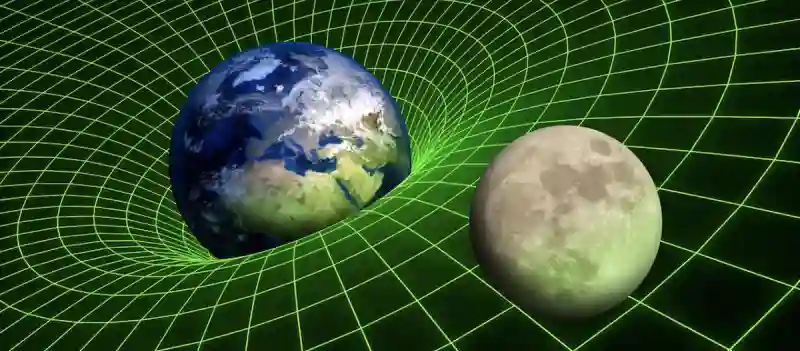
Before we go into disused mines, we need to explain what gravitational storage means.
If you paid attention to your high school physics teacher, this becomes obvious very quickly: it’s a way of storing and releasing energy by moving a mass across a gravitational field.
The basic concept is to lift a heavy object against gravity, which requires energy input. The object stores gravitational potential energy as long as it remains lifted.
When the energy is needed, the object is allowed to fall, and its potential energy is converted back into kinetic energy that can be used to generate electricity by moving a generator.
As long as the object contains mass, it can be ANYTHING. Pumping water against gravity and releasing it is a form of gravitational energy storage. If an elevator were equipped with a generator, it could too produce electricity.
The real question is, how can it be applied to empower renewable energy? How can we build it near renewable farms? How can we scale it up to Mega-watt or Giga-watt storage? Can we make it cost-competitive?
Using mineshafts for storage?
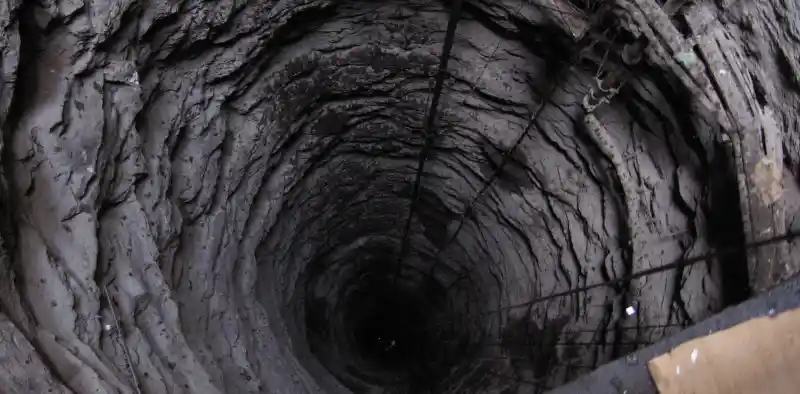
One of the major branches of gravitational storage development is the use of underground cavities to store excess renewable energy as gravitational energy.
The array of technologies leveraging these underground openings for storage is gradually being developed and is colloquially referred to as Mineshaft Energy Storage.
This is an entire world in itself, and there is a large range of designs, including:
- The use of an electric winch system to vertically lift a heavy weight such as a container filled with rocks or concrete.
- Building an underground pumped hydro storage network by leveraging the vertical depth of mineshafts.
- Leveraging existing train tracks to hoist laden trains up and down the mine tunnels.
These all work under the same principle of gravitational storage described earlier.
The Pros
So why are engineers considering this unorthodox method? What’s wrong with batteries, pumped hydro storage and flywheels?
It turns out that this design has many advantages that probably make it optimal for certain niche use cases. These include:
Re-using infrastructure
One of the key advantages of mineshaft energy storage is its ability to utilize the existing vertical height difference inherent to mines without having to artificially make them.
Abandoned mineshafts can be repurposed to provide cost-effective energy storage solutions without major earthworks, and avoid having to use existing land space or cause visual pollution on natural slopes where it may cause visual pollution.
If the mineshafts and tunnels are in a good state and were dug on stable rock formations, the cost of adaptation could be small, especially once this technology becomes scalable and the expertise widely available.
Boosting local economy
Abandoned underground mines tend to have local communities where the ex-employees used to work. Unfortunately, these were reliant on the industry and became deprived once mining activities were seized.
Providing utility for these abandoned spaces could certainly provide jobs to community members, particularly considering that they will know the infrastructure better than anyone else!
As an analogue, novel deep geothermal energy projects in the once prosperous Cornwall are looking to bootstrap a new green economy in these ex-mining areas, and some in the local community are excited by the potential job prospects.
Fast-response energy
Since most mineshaft energy storage systems are based on mechanical systems, they can dynamically switch between lowering and raising a weight. All it takes is switching from the motor (when raising the weight(s)) to the generator (lowering the weight(s)). In some designs, this can take less than a second.
This means that this system can respond to both long and short-term power shortfalls which are necessary to stabilise the power generation of renewables, making them their ideal companion.
So even though it doesn’t have the millisecond reaction of flywheels, it can still provide emergency power much faster than a pumped hydro or compressed air scheme.
Timeless Storage
Energy storage within a mineshaft can remain stored for as long as the system is running, which can go into the decades timescale.
This is because weights that have been raised don’t require any energy to remain in that state. The mechanism can simply be locked, and the materials used to prevent this movement provide this resistance inherently (i.e. the ground doesn’t consume any energy when holding us at surface level).
This advantage is often understated. Chemical batteries gradually lose charge, compressed air systems gradually de-pressurize, pumped water will gradually evaporate, and flywheels will gradually slow down. Yet, a lifted weight will remain lifted for as long as the material holding it resists.
Long-life
Once built, a mineshaft energy storage system can last for many decades. Its mechanical parts may need maintenance, but the system (like, for example, a railway system or a crane) can last for a long time.
This is, in fact, an advantage of all mechanical storage systems when compared to chemical batteries. For example, Li-ion batteries have expected life spans of around a decade, and the amount of energy they can store decreases over time.
Very low emissions
One of the fastest growing energy storage solutions is Li-Ion batteries, yet the mining of its metal components and its production has a pretty high socio-environmental cost (this goes without mentioning, it’s troublesome recycling).
Compared to this and other chemical batteries, this type of energy storage offers much lower socio-environmental, and carbon footprints since tunnelling work (which would be the most carbon-intensive) has already been done.
Scalable
The amount of energy that a mineshaft system can store depends on two things:
- The size of the mass that can be lowered and raised, and
- The vertical distance that the mass can be displaced.
The size of the mass depends on how the power output of the mechanical system: how much the motor can pull and how much the winch can resist, so this is not necessarily very scalable as we cannot have infinitely strong materials or infinitely powerful motors.
But there are VERY deep mines in this world. Many underground mines can reach over one kilometre in depth, so it is theoretically possible to have systems that store energy in the Giga-watt scale.
There are millions of abandoned mines scattered across the globe, and in total, the technology has an estimated potential to store tens of TWh of energy for as long as is necessary.
For reference, this means that if the tech were deployed in all potential locations, it would be able to single-handedly store the Earth’s yearly energy needs.
The Cons
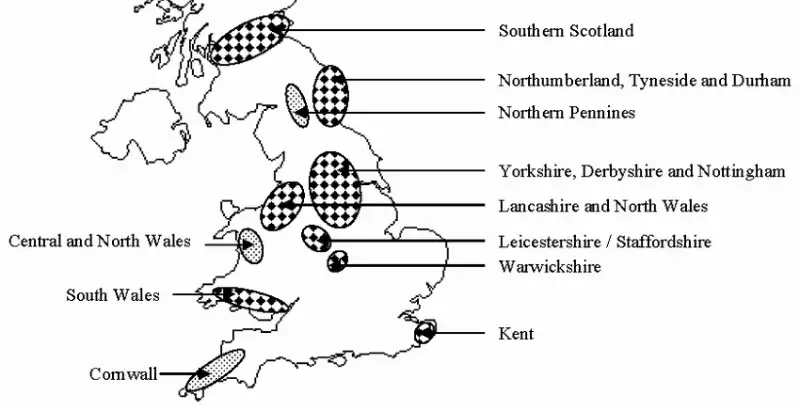
There are seldom perfect solutions, and storing energy in disused mines has many drawbacks and blockers.
Potentially high-cost
The main issue with disused mines is that they’re all different and need a case-by-case adaptation, which makes it more difficult to have economies of scale and parts produced in an assembly line.
Also, disused mines have generally lacked maintenance and investment over many decades, meaning that their structural integrity is unknown, and uncertainty is a hidden cost and a blocker for capital investors.
Entire sections of disused mines may be flooded, collapsed or not even mapped, as is the case with disused adits in the UK that date prior to any mine mapping regulations.
IIASA goes as far as to claim that the levelised cost of this technology is 10 USD per kWh, which is, in fact, extremely expensive, considering that producing energy from a nuclear power station costs 100 times less.
The jobs illusion
Many argue that the promise of local jobs for new green tech projects is just a mirage since these will rely on automation as much as possible.
The rise of robotics and AI threatens to change the labour market everywhere, but green tech is generally full of innovators who are keen to reduce costs and make things SAFER by leaving the jobs to machines and not humans.
So while the narrative of re-booting jobs in deprived, ex-industrial areas is very appealing to left-winged politicians, it may be part of a reality that is no longer true, at least in the long term.
And this goes without mention of importing skilled staff from elsewhere as the local pool may be insufficient for the tasks…
Geographical constraints
If we were speaking about gravitational energy storage in general, this wouldn’t apply as vertical height differences can be found in tall buildings and any topographically prominent features (i.e. hills, mountains, canyons, etc).
However, disused mines or tunnels are not available everywhere, and cannot be moved, making this a very niche application and therefore unlikely to benefit from the economies of scale that tend to make storage cheaper.
So what’s going on?
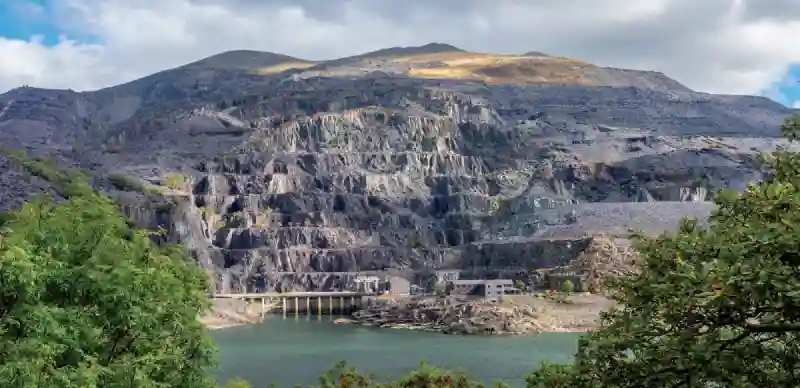
As much as the pros clearly outweigh the cons, the reality isn’t currently a single mineshaft energy project in operation providing the much-needed energy storage for renewables.
Some argue that Dinorwig Pumped Hydro Storage in Wales is mineshaft energy storage since it was built within the abandoned slate quarry in the 1970s, yet new tunnels had to be dug in order to accommodate the project’s underground pipes and pumps (so not technically using existing cavities).
However, many start-ups have been toying with the idea, and we have found that the Scottish firm Gravitricity is the most advanced.
So what is happening with them?
Gravitricity
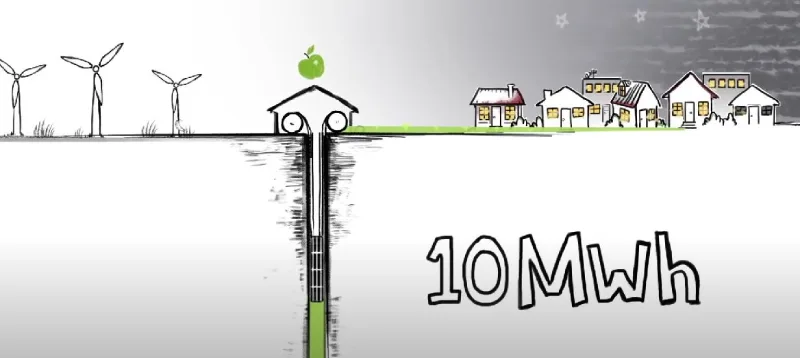
Gravitricity designed a system that uses an electric winch to raise and lower weight on a vertical mine shaft using a motor or a generator.
They initially envisaged their first storage module in Scotland but are now considering other locations in the Czech Republic, Poland and South Africa.
It happens that these countries have some of the deepest underground mines in the world and a lot of expertise when it comes to underground structures- ripe for developing the tech.
The company have built a 250kW demo unit in Port of Leith in Edinburgh that uses a 15-meter rig and two 25-tonne weights suspended by steel cables to demonstrate how the system works.
The weights are vertically raised during the charging cycle and are immediately lowered when power is required. The system requires vertical mineshafts, with the first units designed estimated at 10MWh per unit, enough to power 63,000 homes per hour for about 8 hours.
The idea is to build these systems in proximity to renewable energy projects so that any excess energy produced can be stored for utilisation when the weather conditions are unfavourable.
Gravitricity raised 775k in 2019 through crowdfunding and later 300k from Innovate UK, not impressive sums given the incredible potential of the technology.
Other projects
Amongst the many similar projects, Australian startup Green Gravity stood out, having recently raised almost 1 million USD for their gravitational energy storage solution within disused mines, including money from renowned climate celebrities like Leonardi Di Caprio.
The company has discovered 3 GWh of potential energy storage across 175 sites in Australia.
Conclusion
The potential for gravitational underground storage is incredible. Timeless, responsive and carbon-free energy storage that causes little pollution and gives decades of past carbon emissions (and manpower!) a new life.
Its geographical constraints and potentially high costs seem to pale in comparison to its almost infinite scalability and the urgent need we have for storage.
Yet it’s money, downside financial risk and interests that make the world go around, and unfortunately, the mining industry is too busy digging deeper in the quest for more minerals as metal prices sore, and fossil companies are more interested in giving their depleting well new use cases.
Unfortunately, you cannot fit a large mass down a narrow oil well, but this is perhaps something to ponder about!

